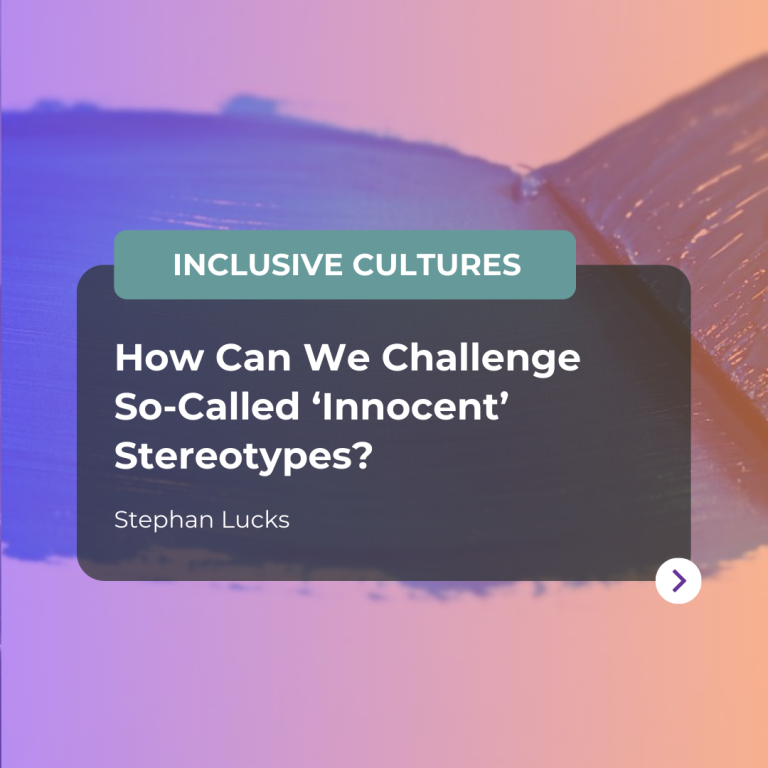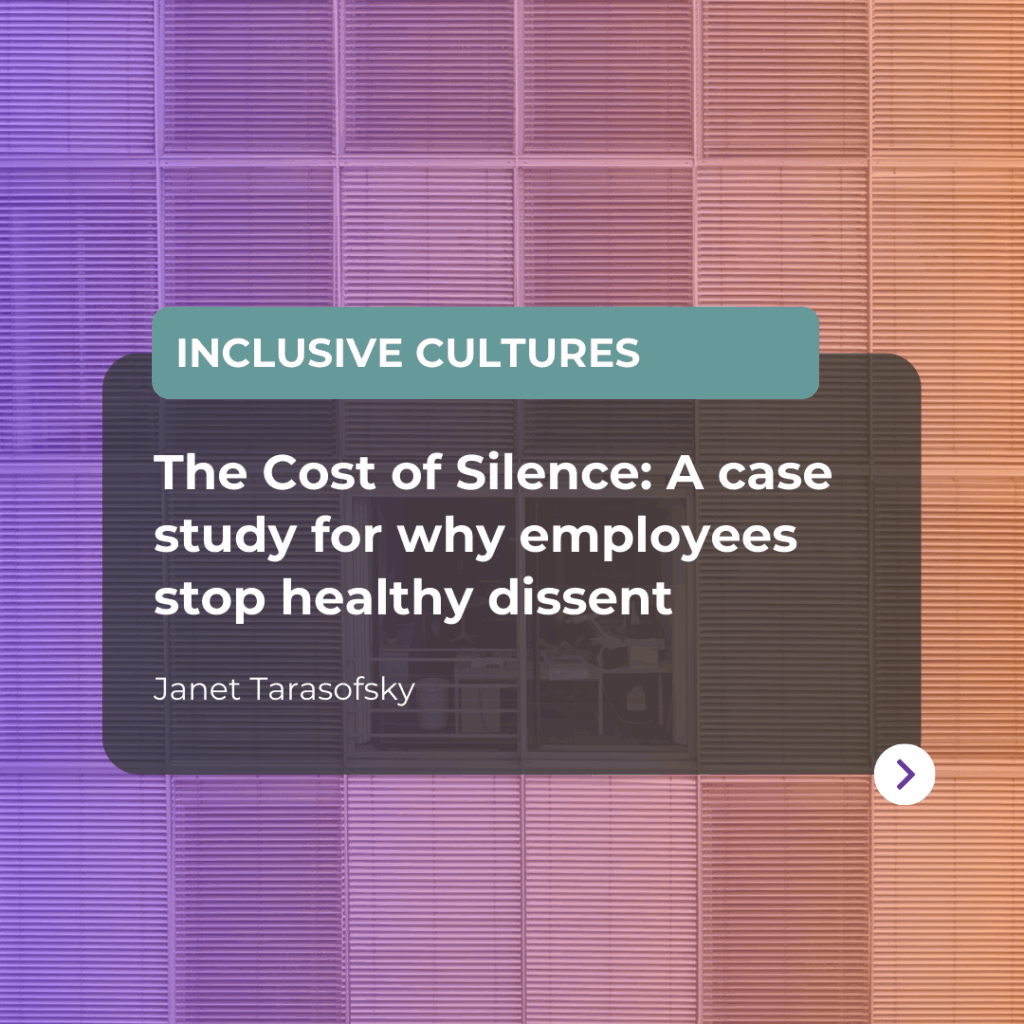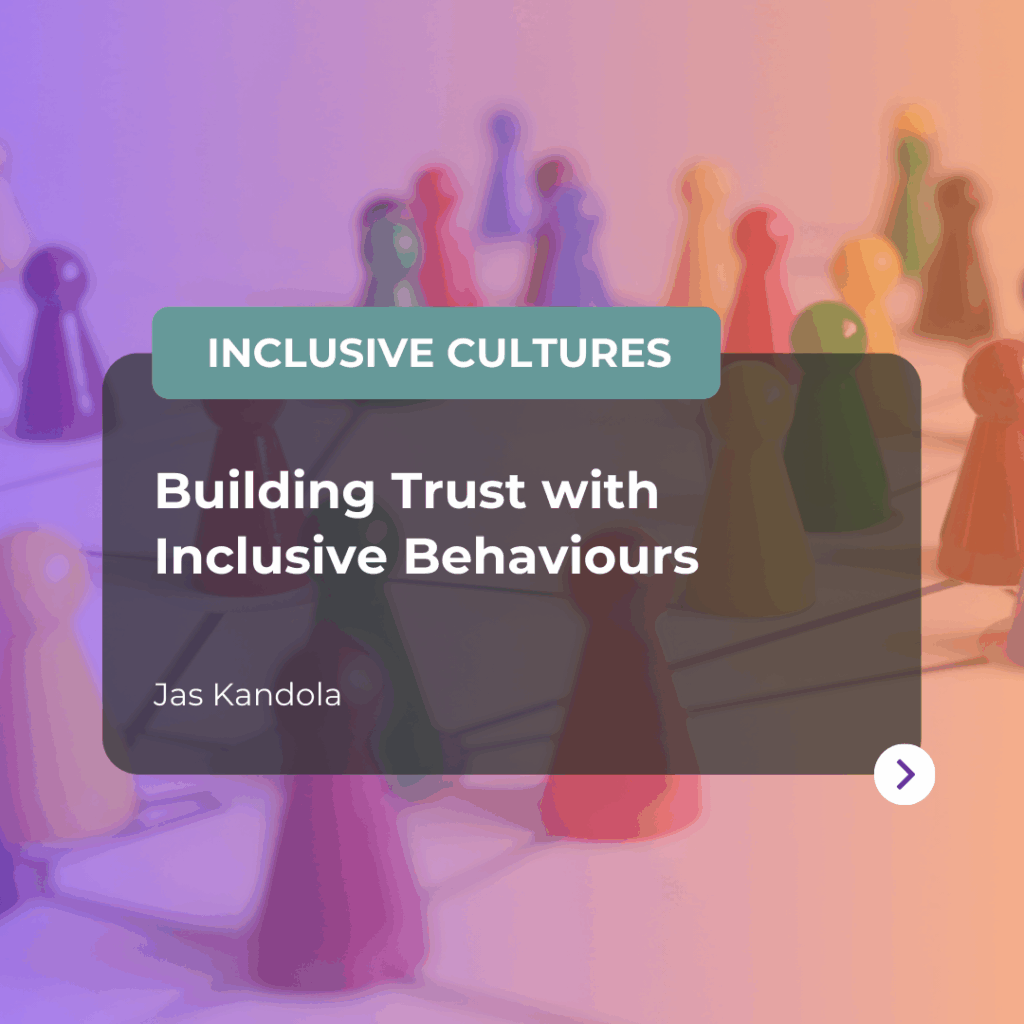Stephan Lucks, Managing Psychologist
We know that, left unchecked, our biases can impact business decisions, and stereotypes can feed into these biases.
One particularly poignant example of a stereotype, that I encountered during a washup discussion in a development centre, will stay with me for a long time.
During the discussion, we considered a participant from Denmark who had performed well but lacked international exposure and experience. A potential development opportunity proposed was for him to take on an international assignment. When mentioned, a senior leader in the client organisation said that in his experience, “Danish people don’t like moving out of Denmark”.
Whilst based on his personal experience, it was clearly a stereotype, and fortunately, another leader in the discussion commented that in his experience, this wasn’t always the case. The challenge presented was a good one – and helped to prevent a decision from being influenced by bias – but challenging stereotypes and bias is not always easy to do.
In our work in DEI, we often discuss the topic of stereotypes, and they are often central to issues about gender and race.
However, stereotypes, of course, go beyond race and gender. The definition is, in fact, somewhat broad: a widely held but fixed and oversimplified image or idea of a particular type of person or thing.
These views can be particularly damaging when they interfere with the way someone is treated as a result. For example, someone making a judgement or decision based on this stereotype, unsupported by facts or evidence, is a demonstration of bias.
So, how can we intervene when faced with stereotyping?
The factors to consider are when and how.
When should you intervene against stereotyping?
Questions you can ask yourself here are:
- Do I intervene the moment it happens, directly addressing the individual who commented?
- Do I delay and deal with it afterwards, in a less public forum?
- Do I delegate to someone else better placed to deal with it?
- Do I distract the person and move the conversation on?
The answer will depend entirely on the forum and the person or people involved, which will inform your approach. The main thing is that intervention – in whatever form – is crucial to address and mitigate any form of bias, including stereotyping.
How should you intervene?
Speaking to the person concerned can take different forms. For example, I personally can adjust the volume of my message. This might be a gentle nudge, in the hope that the person realises what they have done and adjusts their behaviour accordingly, through to a direct statement, making clear that using stereotypes in this context is not helpful and potentially excludes people.
As with the question of when, the forum, the person concerned and the nature of the relationship matter here. At Pearn Kandola, we use models informed by psychology to help you deal effectively with these types of scenarios.
We design workshops that draw on realistic scenarios and examples from your organisation, introducing you to simple models that can be applied to deal with the situations and create the opportunity to practice. This makes training ‘sticky’ and supports genuine behaviour change.
You can find out more information on our Active Bystander page or contact us at info@pearnkandola.com to discuss your needs.






